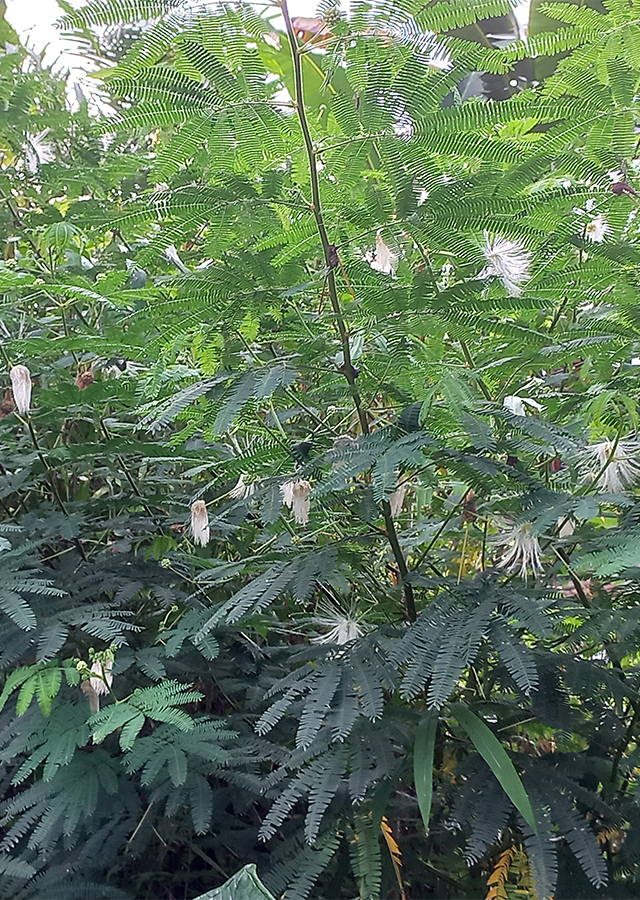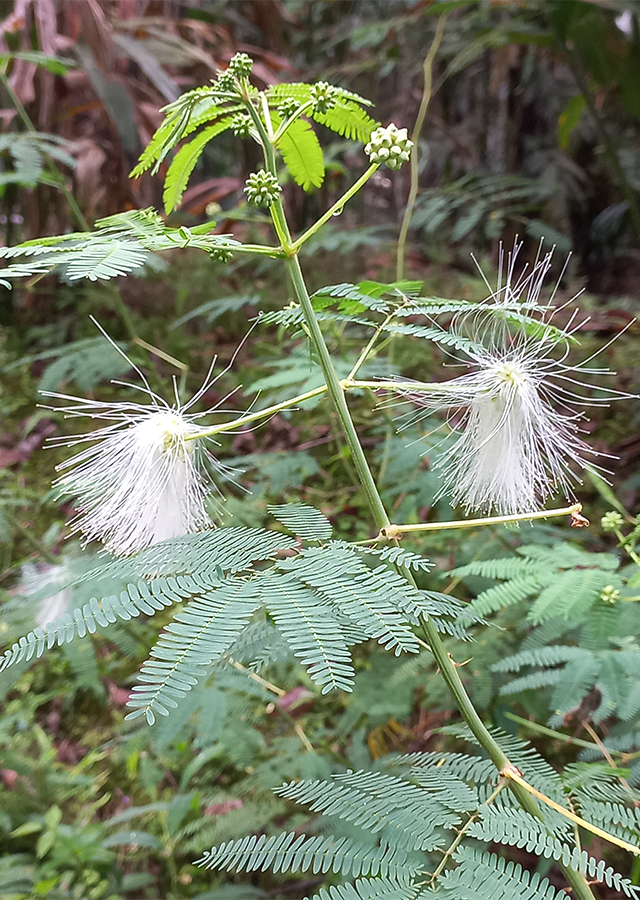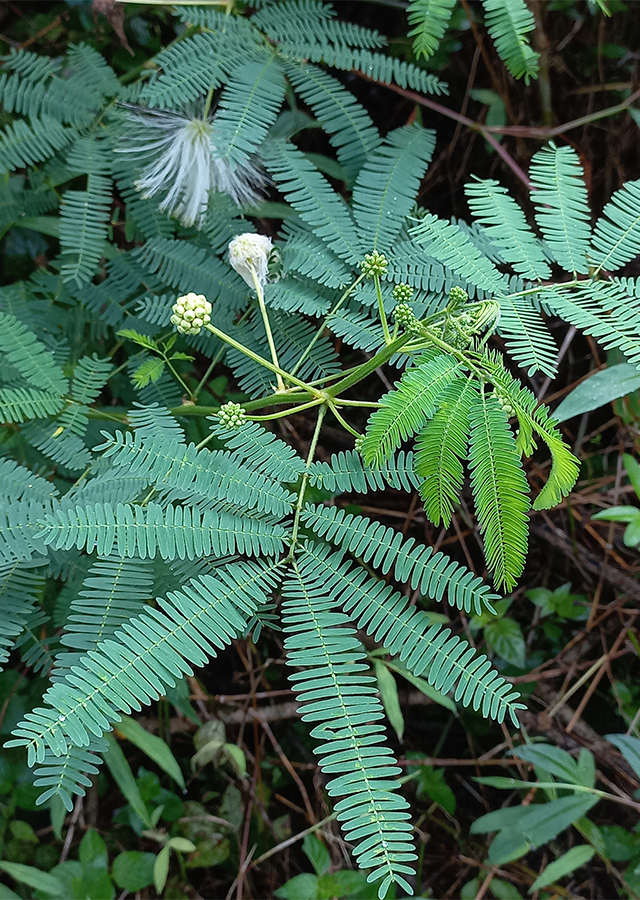Traditional Herbs from Zapoteca portoricensis
What is Zapoteca portoricensis Looks like??



Parts of Zapoteca portoricensis that could be used
- Leaves
- Roots
Zapoteca portoricensis Distribution
The white calliandra plant originates from Central America, and most precisely in Mexico, Panama and the West Indies. White calliandra leaves are usually used by humans as animal feed. Apart from that, the flowers are a source of nectar for bees. This white calliandra also turns out to have benefits in traditional medicine.Agroecology of Zapoteca portoricensis
White calliandra grows in a variety of soil types from deep volcanic soil, to alluvial to eroded sandy clay soil. This plant grows in areas with an annual minimum temperature of 18-22 °C and is not resistant to freezing. Calliandra lives in a variety of soil types and appears to tolerate slightly acidic soils with a pH of around 4.5, but does not tolerate poorly drained soils and those that are regularly flooded.
Morphology of Zapoteca portoricensis
- Woody stems,\u00a0erect or ascending, branches curved, spreading or bent, sturdy,\u00a0old twigs glabrous or slightly hairy,\u00a0young twigs sparse to densely hairy.
- Compound leaves, 2-6 pairs of pinnae, 10 leaf blades -30 pairs, linear or linear-oval, straight or slightly curved, length 8-16 mm, width 2.5mm or less, slightly veined, obtuse, thin.
- Flowers slender stalks in clusters or solitary, 3-10 cm long, petals 2 mm long, corolla 3-4 mm long, stamens white, 1.5- long 2 cm.
- Legume fruit 4-10 cm long, 6-9mm wide, hairless when mature, obtuse, narrowed towards the base, contains 3-10 seeds.
- Seeds with elliptical outlines or depression, pleurogram, ovate to rounded, seed surface smooth, brown, or black.
Cultivation of Zapoteca portoricensis
Generative propagation using seeds. Seeds are spread in nature with the help of animals and humans when taking the leaves as animal feed. For cultivation, seeds can be planted directly in nature or sown first. Seeds or sowing should be done at the beginning of the rainy season.
Zapoteca portoricensis, more details :
Chemical Content of Zapoteca portoricensisAlkaloids, flavonoids, saponins, tannins, cardiac glycosides, and anthraquinones.
Benefits of Zapoteca portoricensis
Potential and has antibacterial and antifungal activity.
Simplisia of Zapoteca portoricensis
Another Facts for Zapoteca portoricensis :
Synonym of Zapoteca portoricensisAcacia portoricensis (Jacq.) Willd., Anneslia portoricensis (Jacq.) Britton, Calliandra portoricensis (Jacq.) Benth.
Habitus of Zapoteca portoricensis
Bush. Annual shrub, 3-8 m high
Habitat of Zapoteca portoricensis
- Riverside", "Forest", "Mountains
No comments:
Post a Comment